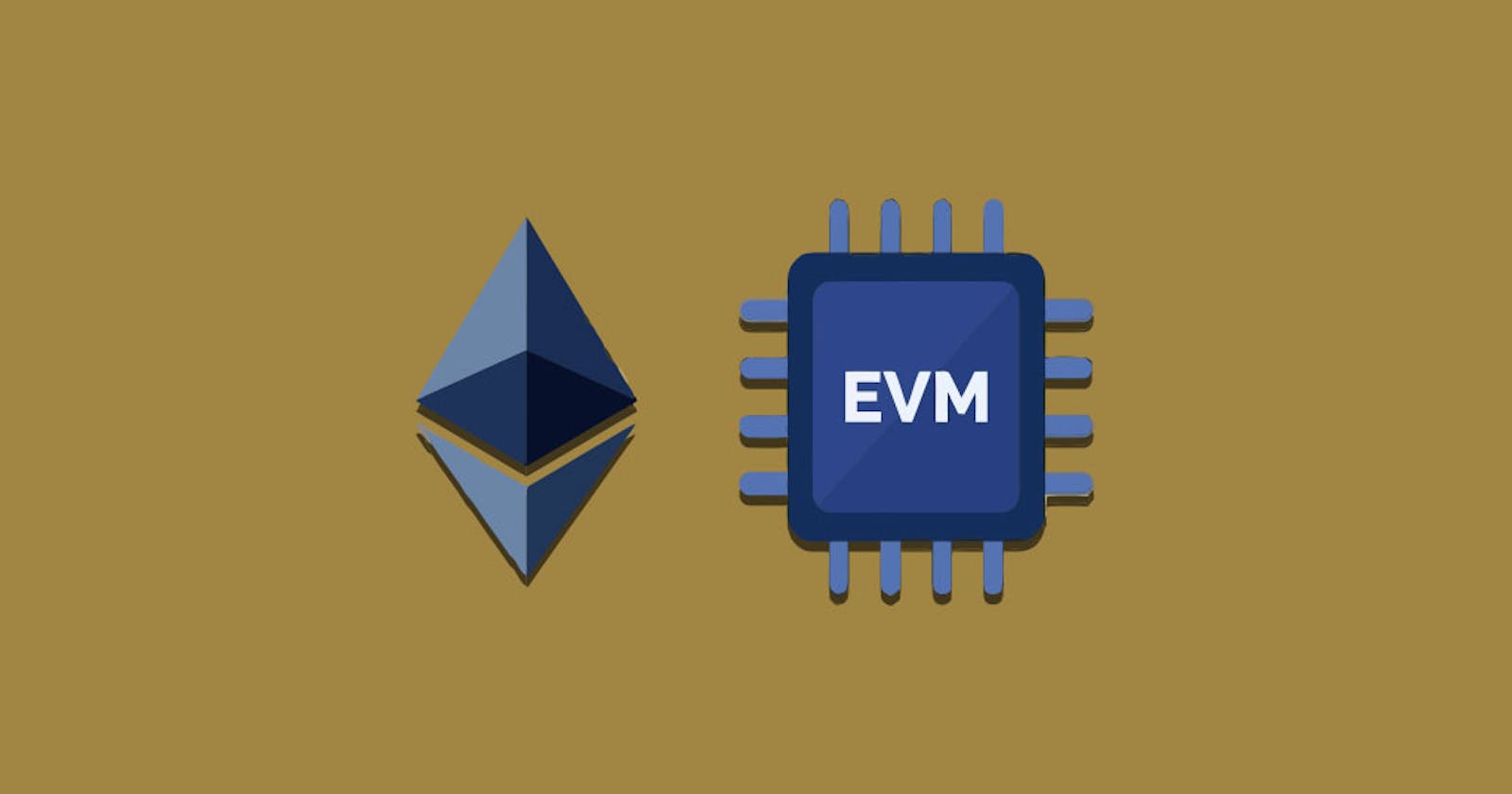Ethereum Virtual Machine EVM is a distributed state machine which means that the state can be changed by transactions.
Why is the EVM a distributed state machine
Ethereum is a set of nodes that runs on the blockchain and each of these sets of nodes has a copy of the EVM on it, making it a decentralised entity maintained by thousands of connected computers running an Ethereum client.
At the end of this article, you'll understand what
How EVM works
What makes it unique
EVM is a software framework that allows developers to construct Ethereum-based decentralised applications (DApps). All Ethereum accounts and smart contracts are stored on this virtual computer.
The uniqueness of EVM is that it allows the ethereum blockchain to run on any software. This allows more nodes to join the ecosystem, making it faster and more reliable to use.
EVM also encourages developers to run their DApps on Ethereum because they’ve created such a powerful system running for years (one of the most efficient in the crypto industry). Having this central processor lend its computing power is a massive advantage for the Ethereum network compared to other blockchains.
The Ethereum network features an additional layer of functionality thankfully to its compatibility with smart contracts. This second layer is basically referred to as a “distributed state machine,” where all of ETH’s native accounts and balances are stored.
Additionally, since the Ethereum network is extremely dynamic in its overall functionality, it is capable of changing with each new block that is mined – something that happens as per a set of predefined rules. All of these rules determine the state of the network and are controlled by the EVM itself.
